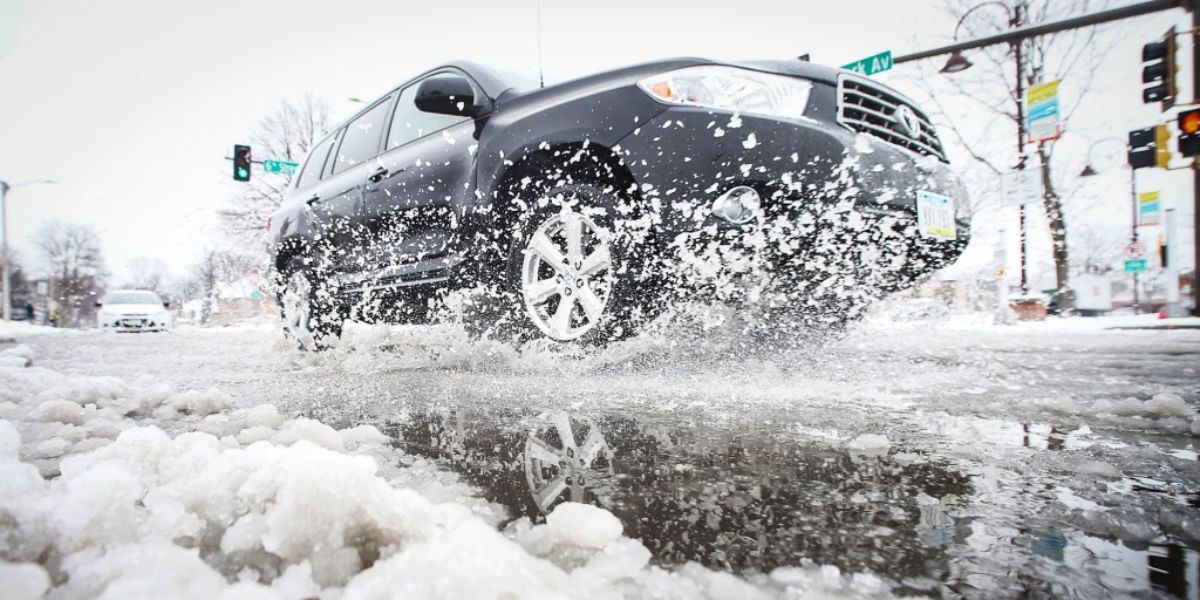West Coast, USA — A powerful storm is set to barrel across the West Coast this week, bringing much-needed rain and mountain snow to the region for the first time since early spring. The storm, which began affecting Oregon and Northern California on Monday, is expected to dive southward along the Pacific coast, delivering widespread rain and snow.
Rain to Soak California and Oregon
According to AccuWeather Meteorologist Chad Merrill, showers started breaking out across the Pacific Northwest on Monday morning, and rain is expected to intensify throughout the day.
“The rain will come fast and furious Monday afternoon in the Bay Area and by Monday evening in the Central Valley of California,” Merrill said.
1-2 inches of rain are forecast to fall between Redding, California, and Los Angeles, with the heaviest rain reaching the LA Basin by Monday night and continuing through Tuesday evening. The storm is likely to cause travel delays across the region, both on the roads and at airports.
“This could contribute to travel delays on the roads and at airports across the region,” said AccuWeather Meteorologist Brandon Buckingham.
Flood and Snow Risks in Southern California
The storm will bring 2-4 inches of rain to the foothills and mountains of Southern California by Tuesday evening, increasing the risks for flash flooding and debris flows. This is especially concerning near burn scar areas from previous fires.
“Flash flooding problems will mount quickly after the rain starts. There will even be a few thunderstorms that not only drop briefly heavy rain but also produce some wind and even hail,” Merrill warned.
Thunderstorms are expected to be a concern for Southern California on Monday night and Tuesday, adding further intensity to the storm’s effects.
Snow Levels to Drop Across California
As cold air moves in from the Pacific Ocean, temperatures will fall, with many low elevations in Northern California and along the Southern California coast experiencing a drop from the 70s to the 60s Fahrenheit early this week. This cooling trend will allow snow levels to drop to around 5,000 feet by Tuesday, bringing potential travel disruptions to the mountains.
For those traveling on Interstate 80 through Donner Pass, expect slushy snow and delays, while the mountains could see up to a foot of snow, including in resorts near Lake Tahoe.
Snow and Severe Weather Across the West
As the storm moves eastward into the middle of the week, cold air will follow, allowing snow to fall across the highest elevations of Nevada, northern Utah, Idaho, and Wyoming.
This storm will also increase the risk for severe thunderstorms as it heads into the central U.S., with thunderstorms expected to develop where cold air from the West meets warm air from Mexico.
According to AccuWeather, drenching downpours and lightning are likely, and the storm could also bring hail and damaging wind gusts during the afternoon and evening hours. The threat for strong to severe thunderstorms could persist across the Plains as the week progresses.
“Thunderstorms may produce hail and damaging wind gusts,” AccuWeather meteorologists cautioned.
Drought Relief for the Region
The areas impacted by the storm are in the midst of a deep drought. According to the U.S. Drought Monitor, 83% of Idaho and 100% of Utah are experiencing moderate, severe, or extreme drought conditions, making the incoming rain crucial for water supplies across the region.


 by
by 
